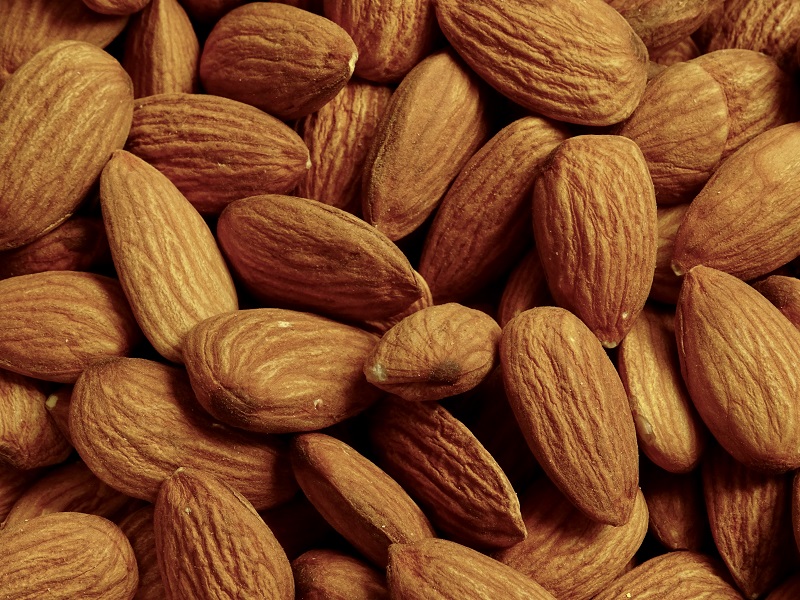The Importance Of Producing Crops On Well-Managed Cropland
Picture clean fields growing a variety of crops. Getting more technical, picture natural or minimally modified soils. In a nutshell, to feed the rapidly growing world population, we need to produce food on well-managed cropland. Yes, greenhouse and hydroponic production in artificial growth media are likely to increase in importance, but outdoor production will remain No. 1.
The top spot aside, field production is a problem when dealing with soil erosion, poor soil health, and the continued loss of prime and important cropland to urban sprawl, including residential and commercial development.
The USDA Natural Resources Conservation Service’s (NRCS) “2012 National Resources Inventory (NRI) Summary Report” (Nrcs.UsdaGov/Technical/nri/12summary) released in August 2015 indicates some not-so-good news: roughly 44 million acres of land were newly developed between 1982 and 2012, bringing the total developed land in the U.S. to approximately 114 million acres.
During the last 30 years, more than 37% of developed land in the U.S., Puerto Rico, and the Virgin Islands was developed. Some of the most at-risk land that is poised for development is the flat, well-drained cropland and “truck crop” land near urban, suburban, and even rural communities — prime land for agriculture. (This new report and many other NRI documents can be viewed and downloaded at: http://is.gd/NRI_Stats.)
How To Protect Farmland
But there is hope. The American Farmland Trust (AFT) offers farmland protection planning references. For example, “Planning for Agriculture in New York: A Toolkit for Towns and Counties” (http://is.gd/NY_Ag) by David Haight and Diane Held is one of a number of excellent publications available through the AFT to help you get started.
The AFT is not alone in its efforts to protect farmland. Look into the Nature Conservancy (Nature.org) and other organizations who often work in partnership with local, county, and state governments.
Many farmland protection options and tools have been suggested and used in efforts to slow the rate of farmland losses around the country including:
• purchase of development rights;
• voluntary conservation easements;
• agricultural and open-space zoning;
• agricultural use assessment;
• right-to-farm laws;
• transfer of development rights, and;
• agricultural districts.
With land trust or municipal sponsorship, you also may participate in the USDA NRCS Agricultural Conservation Easement Program-Agricultural Land Easements (ACEP-ALE) or other purchase of development rights programs (http://is.gd/ACEP_ALE).
At the end of the day, however, farming has to be profitable and sustainable — for the short and long term — in spite of the many tools and strategies available to those interested in farmland protection. Two critical factors impacting protecting local land come in the form of succession planing and in helping to create a sense of agricultural permanence and community support for farming.
Decrease In Soil Erosion
Plus there is good news to report from the 2012 NRI Summary Report. Both water- and wind-induced soil erosion on cropland continue to decrease, falling 44% between 1982 and 2012.
This is a positive trend both for on-site, sustainability reasons, and because reduced erosion also means fewer off-site impacts of erosion and agricultural runoff. Vegetables tend to be grown on flat land that is less susceptible to erosion and is less vulnerable to serious sheet and rill erosion problems.
Particularly when production tactics include attention to soil health, erosion rates can typically be kept within tolerable levels. Local soil and water conservation district and NRCS staff would be happy to help run the Revised Universal Soil Loss Equation (RUSLE2) both to evaluate current cropping systems and to explore soil conserving alternatives.
RUSLE2 also generates data on organic matter levels through the calculated “Soil Conditioning Index,” the level soil disturbance throughout the cropping and tillage sequence through the “Soil Tillage Intensity Rating,” and even estimates of fuel usage and costs among other calculations. The RUSLE2 model has become an important conservation planning tool.
If you are planning for farmland protection, sustainable crop production, or both, local soil and water conservation district, NRCS, Cooperative Extension, and in most parts of the country, land trust staff are available to help explore options and alternatives. Contact your local offices.










